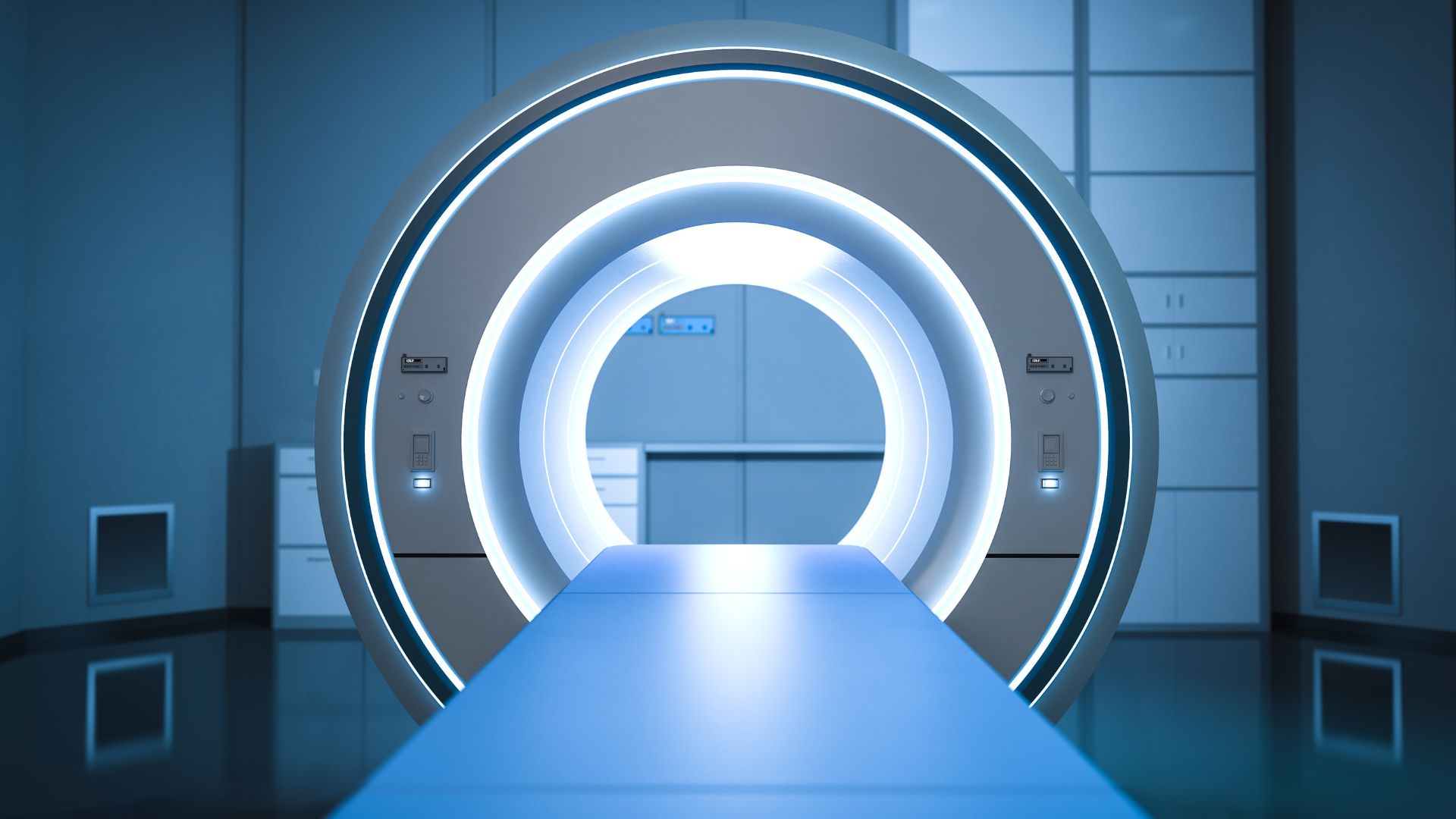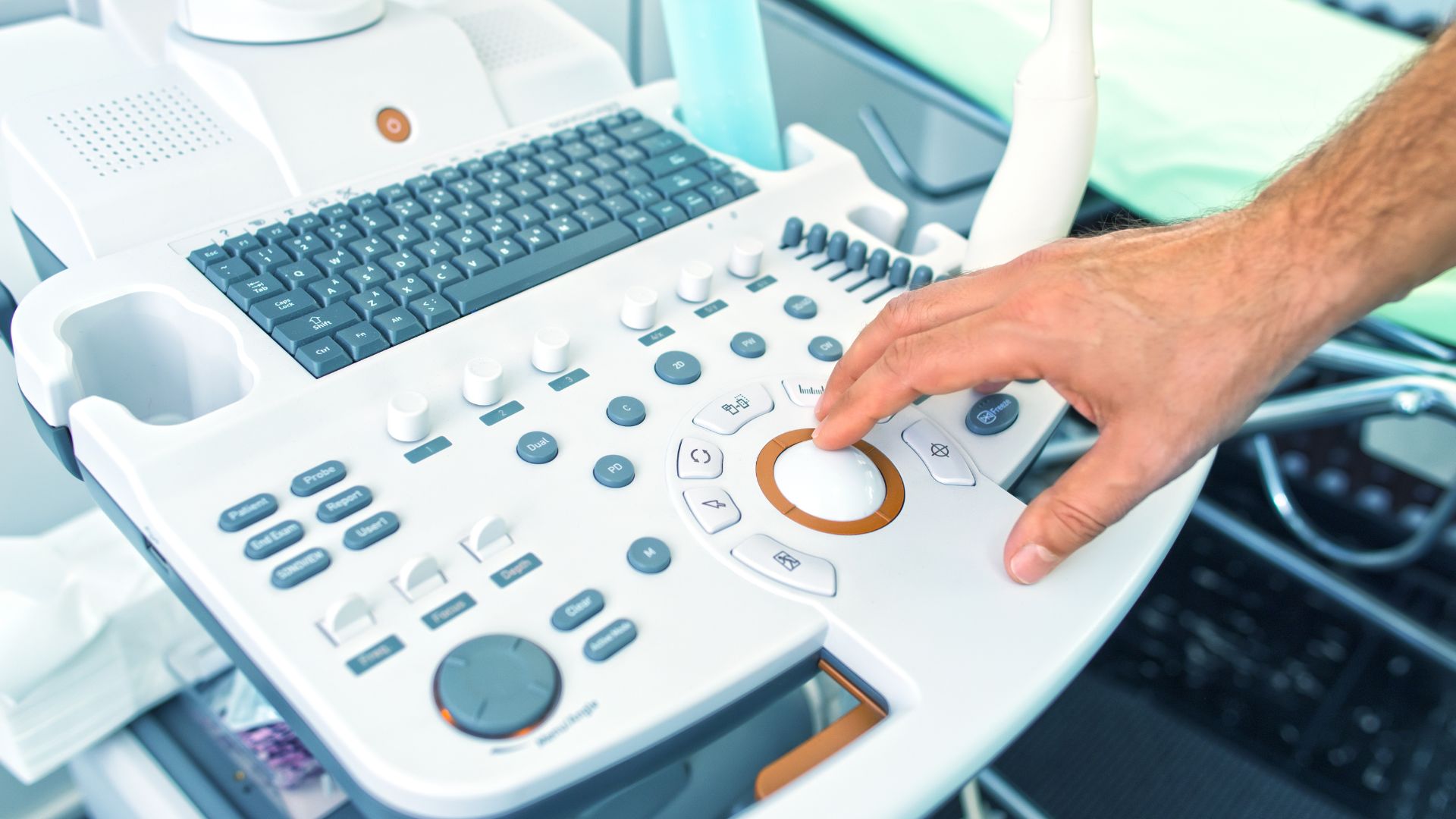In the highly regulated environment of medical device manufacturing, a Quality Management System (QMS) is not merely an operational tool—it is a regulatory necessity and a strategic asset. A well-implemented QMS ensures that products are consistently designed, developed, manufactured, and maintained in compliance with regulatory expectations and the highest standards of safety and performance. Global regulatory frameworks, including ISO 13485, 21 CFR Part 820 in the United States, and Articles 10 and 120 of the EU Medical Device Regulation (MDR), require medical device manufacturers to establish, document, and maintain a QMS that addresses product lifecycle risks, process control, customer satisfaction, and regulatory readiness.
This guide explores the essential components of a medical device QMS, its alignment with international standards, its interconnection with regulatory submissions and postmarket obligations, and its role as a vehicle for continuous improvement, innovation, and market sustainability. The content is tailored not only to regulatory professionals, but to quality leaders, executive teams, and cross-functional stakeholders invested in building compliant, high-performing organizations.
What Is a Quality Management System (QMS)?
A Quality Management System is a formalized structure of procedures, processes, records, and responsibilities aimed at achieving quality objectives and satisfying customer and regulatory requirements. In the medical device sector, the QMS acts as the operational embodiment of a manufacturer’s commitment to safety, efficacy, compliance, and reliability.
It includes every functional area involved in bringing a medical device from concept to commercialization, as well as those responsible for supporting it in the field. A mature QMS bridges regulatory compliance and operational excellence by embedding risk-based thinking, aligning with standards, and integrating quality control at every point—from supplier qualification and product design to corrective actions and customer support.
Regulatory Standards and Global Frameworks
Internationally, ISO 13485:2016 is the primary quality management standard for medical device manufacturers. It emphasizes risk-based thinking, documented processes, defined responsibilities, training requirements, and traceability throughout the product lifecycle. ISO 13485 also supports regulatory alignment, serving as the backbone for many regional systems, including Canada’s Medical Device Regulations, Japan’s MHLW Ordinance No. 169, and Australia’s TGA requirements.
In the United States, 21 CFR Part 820 outlines the FDA’s Quality System Regulation (QSR), which closely mirrors ISO 13485 in its structure but includes specific U.S. compliance elements such as complaint handling and device history records. The forthcoming FDA Quality Management System Regulation (QMSR) will align even more tightly with ISO 13485, reducing the burden of maintaining dual systems for manufacturers operating globally.
In the European Union, MDR (EU 2017/745) and IVDR (EU 2017/746) introduce QMS obligations that extend beyond traditional manufacturing controls. Under MDR, Article 10(9) requires that manufacturers establish, document, implement, and maintain a QMS that includes not only production processes, but also clinical evaluation, postmarket surveillance, and economic operator oversight.
Foundational Components of a Medical Device QMS
A comprehensive QMS typically encompasses several interconnected pillars:
- Quality Manual and Policy: This high-level document articulates the scope of the QMS, links procedures, and describes the organization’s quality commitment. It defines how regulatory requirements are translated into operations.
- Design and Development Controls: From design planning and input collection to verification, validation, and transfer to production, this component ensures devices are engineered for safety, performance, and compliance.
- Document and Data Control: QMS effectiveness depends on ensuring that the most current procedures, work instructions, and quality records are available to authorized personnel and subject to change control.
- Supplier Quality Management: A risk-based supplier qualification and monitoring program is critical. Auditing, scorecarding, and quality agreements ensure suppliers meet performance and compliance expectations.
- Production and Process Control: Manufacturing activities must be validated and controlled through defined procedures. This includes calibration, training, environmental monitoring, and line clearance protocols.
- CAPA (Corrective and Preventive Action): CAPA systems identify root causes of nonconformities, implement corrections, verify effectiveness, and close the loop with trend analysis and risk re-evaluation.
- Internal Auditing and Management Review: These functions serve as feedback loops to evaluate QMS health. Audit findings drive improvements, while management reviews align quality performance with strategic direction.
- Postmarket Surveillance (PMS): Surveillance mechanisms gather and analyze real-world data on device performance, including complaints, adverse events, and clinical performance updates.
- Risk Management: As defined in ISO 14971, risk management is a continuous process spanning design through postmarket phases. It involves hazard identification, risk estimation, mitigation, and residual risk evaluation.
Each of these elements must be interlinked and documented in a traceable manner. The QMS must not only support regulatory inspections and audits, but also act as an engine for internal improvement.
Lifecycle Integration: A QMS in Motion
A truly effective QMS is not a static binder of SOPs—it is a dynamic system that adapts and grows with the product lifecycle. During early-stage development, the QMS governs how user needs, regulatory requirements, and performance expectations are translated into functional specifications. In later stages, it governs how these specifications are realized in production and validated against intended use.
Postmarket, the QMS supports surveillance activities, trending of customer complaints, field performance review, and identification of opportunities for design enhancement. When product updates or expansions are planned, the QMS provides structure for change control, revalidation, and technical documentation updates. It enables manufacturers to operate not in a cycle of reaction, but in a loop of learning and continuous improvement.
Regulatory Inspections and Audit Readiness
Whether through FDA inspections, Notified Body surveillance audits, or MDSAP reviews, a manufacturer’s QMS is the primary subject of regulatory scrutiny. Auditors will examine whether QMS procedures are implemented as written, whether employees are trained and records are maintained, and whether management is actively engaged in monitoring quality performance.
To prepare for such scrutiny, manufacturers should:
- Maintain up-to-date training records and SOP alignment
- Ensure audit trails are documented for all changes and CAPAs
- Integrate postmarket data into risk management and CER updates
- Establish clearly defined roles and responsibilities across the QMS
Audit readiness should be viewed as an organizational habit, not a deadline. Regular internal audits, mock inspections, and management walkthroughs are valuable practices for achieving this state.
Maturity Models and Digital Transformation
As companies scale, their QMS must scale too. High-performing organizations often adopt maturity models to assess the evolution of their quality systems—from reactive to compliant, proactive, and eventually predictive. Such models examine not only compliance, but integration of quality into strategic decision-making.
Digital QMS platforms enable scalable document control, automated training workflows, real-time analytics, and cloud-based audit readiness. Integration with ERP, PLM, and complaint handling systems allows for streamlined data exchange and traceability. The adoption of these technologies can enhance speed, accountability, and inspection preparedness.
QMS as a Strategic Asset
The Quality Management System is not simply a regulatory requirement—it is a blueprint for operational integrity, regulatory reliability, and market confidence. In an industry where public trust and regulatory reputation are paramount, the QMS represents a manufacturer’s commitment to doing more than the minimum. It reflects a readiness to embed quality into the culture, infrastructure, and decision-making that underpin product success.
In a global environment characterized by regulatory complexity and rapid innovation, the QMS is the stable framework that enables safe, effective, and compliant medical devices to reach the patients who need them. It is both the scaffolding for growth and the assurance of control. For organizations that master it, the QMS becomes not just a system—but a strategic advantage.








